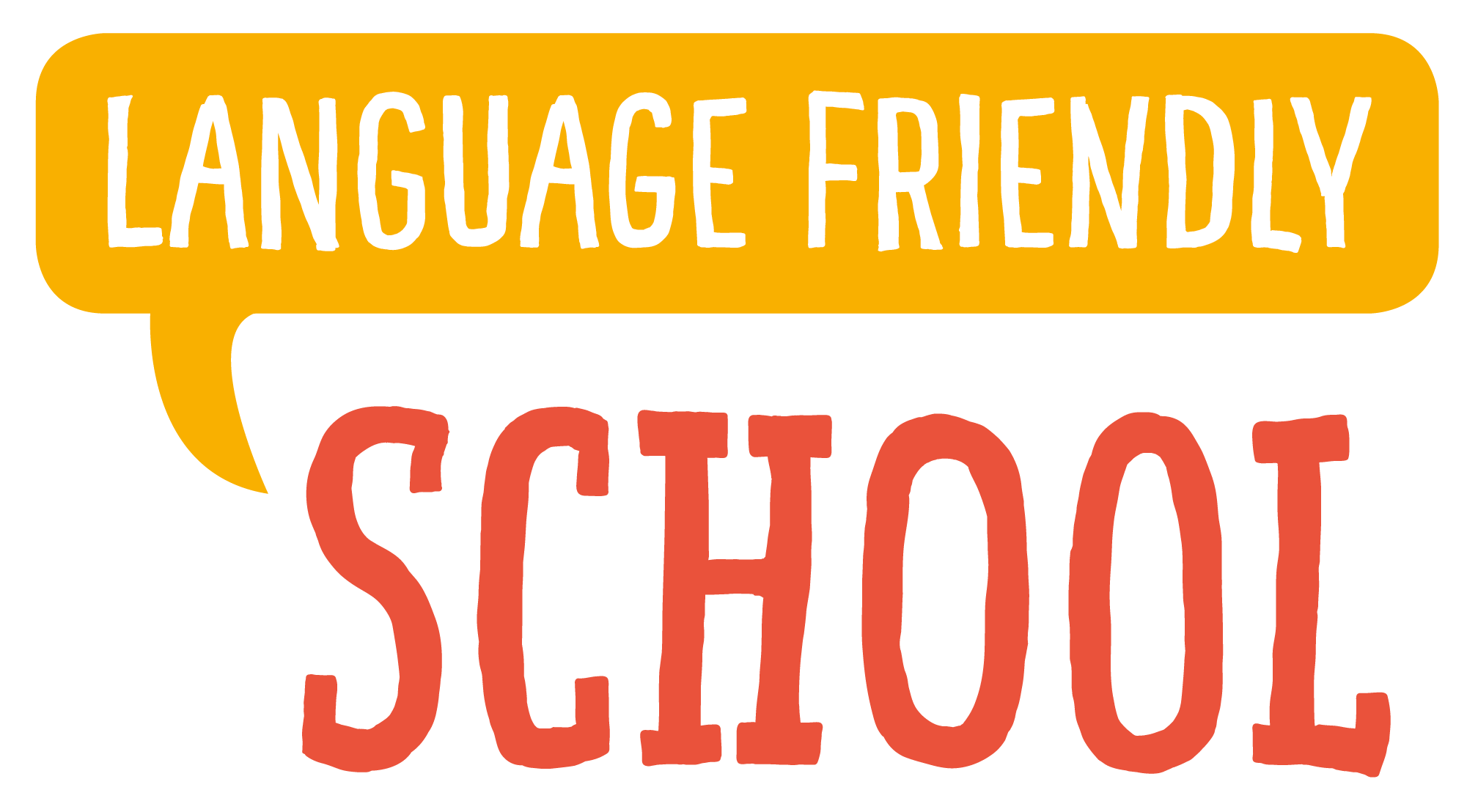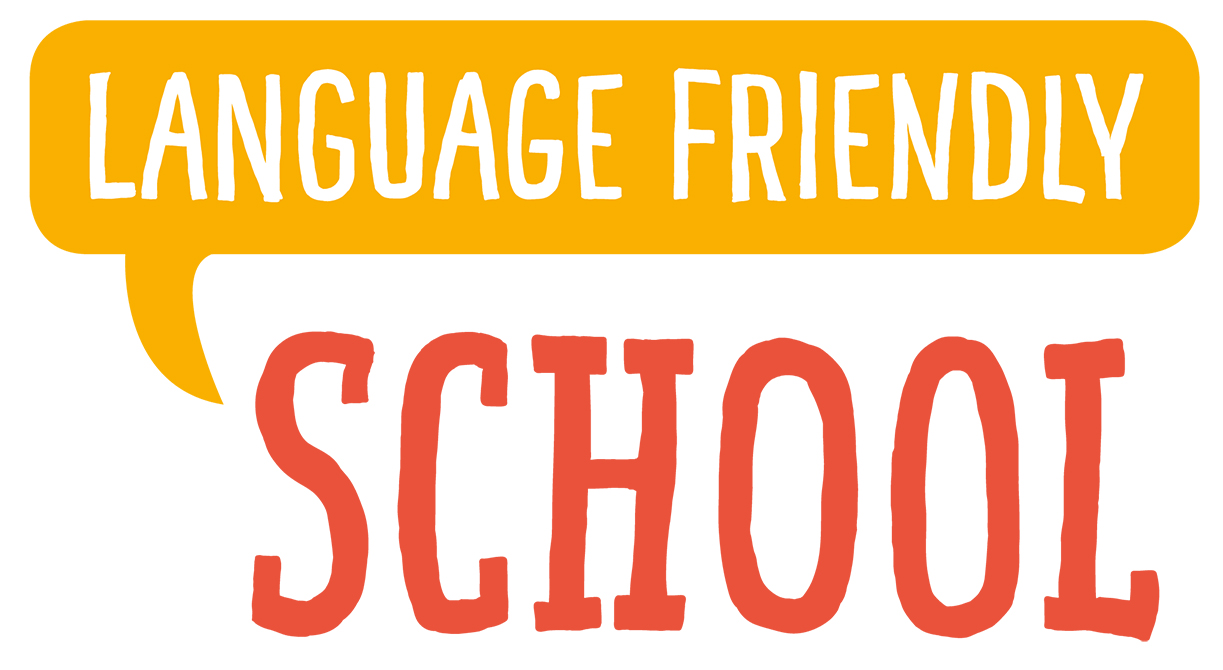Welcoming all languages
A school is a meeting place where students, parents and staff - often from diverse backgrounds - are united to share and build up knowledge. A Language Friendly School is an answer to the increasing multilingualism present in schools across the world; a result of people migrating to other places seeking employment, reuniting with loved ones or escaping war and conflict. Within a Language Friendly School, everyone welcomes and values all languages spoken by the students, the parents and the school stakeholders.
All schools should aim to become linguistically and culturally inclusive, meaning they recognize and embrace their students’ multilingualism, and take action to give space to these languages within the school community.
A bottom-up whole school approach
Language Friendly Schools are schools that have developed a language plan involving all members of the school: students, teachers and staff. It is a plan that is adapted to the school’s own needs and aims at creating an inclusive and language friendly learning environment for all students.
A Language Friendly School-plan is flexible, realistic and allows for incremental changes. Small steps go a long way!
Vision
With the Language Friendly School, we envision a world in which:
- No child is punished for speaking his or her mother tongues in school by 2030, the deadline of the Sustainable Development Goals.
- All children have access to a language friendly-learning environment where they feel accepted and valued for who they are.
Multilingualism has become the norm rather than the exception. More and more schools consist of students who speak another language at home than the one that is used at school.
Scientific studies show that students learn better and faster when they also learn through their mother tongue, rather than being limited to learning only through the school language.
Yet, it is estimated that over 200 million school children do not receive education in a language they understand. And in many countries, children are punished for speaking their home language at school.
By allowing students’ home languages in school, students get the chance to strengthen their cognitive and social skills. Not only does this improve students’ skills in the school language, but they also understand the subject better. And this enhances their chances for a successful school career and integration into the wider society, without losing the connection with their families, cultural backgrounds and knowledge.
An international commitment to children
All children have an equal right to an education that respects their cultural identity, according to the Convention on the Rights of the Child (art. 29).
Achieving the Sustainable Development Goals
By 2030, all boys and girls complete free, equitable and quality education that responds to and reflects the multilingual nature of the society (SDG 4; UNESCO 2017).
References*
By allowing students’ home languages in school, multilingual students get the chance to strengthen their cognitive and social skills
How to become a Language Friendly School
The Language Friendly School does not provide a blueprint of what schools must do. Rather, it starts with what schools need and what they can realistically accomplish. Also, it consciously targets all the stakeholders: school managers, teachers, school staff, parents and especially children. While the goal is the same for each Language Friendly School (to welcome and value all languages), the path to this goal may vary.
At the very minimum, schools commit not to punish children speaking their mother tongue. For some schools this is already a significant step. By connecting with other Language Friendly Schools they can share good practices and teachers can be inspired to take a next step forward. For instance, they may start to integrate multilingual pedagogic strategies in their teaching.
Toolkit
A toolkit including practical examples for teachers will be made available to schools who wish to go through the process of becoming a Language Friendly School.
Welcoming all languages at the school grounds
The main goal of the Language Friendly School is to eradicate the practice of punishing school children for using their home languages at school. So schools may become a Language Friendly School simply by signing an agreement that all languages may be used on the school grounds and that children will never be punished for speaking their mother tongues at school.
Schools who wish to go further may consider the following steps:
Assessment of the situation
The school assesses its current situation. The process should start from the students’ perspectives. How do they feel if they are allowed/forbidden to speak their home language in the classroom or at the schoolyard? What about the teachers? The staff? And the parents? Taken into account the perspectives and wishes of the whole school community is essential. To ensure that all stakeholders are informed of all the pros and cons involved, information sharing sessions with local multilingual education experts are strongly advised.
Formulating a language plan
Based on this assessment, a realistic set of educational and linguistic goals is formulated in the form of a school language plan, accompanied by a time frame when each goal should be realized. The plan should state how key figures within the school will encourage the students to make use of their languages as resources. Each teacher may define his/her own plan that may vary depending on the activity. Beware: The goal is to stimulate the student’s agency with regard to his/ her languages, not to restrict it. Examples of school language plans will be posted on this website.
Implementation of the goals
Depending on each school’s needs, the actions may include training of teachers in multilingual and mother tongue-based education; acquisition or development of multilingual teaching and learning materials, and/or designing ways of how parents and local communities can be involved in the implementation.
Monitoring and evaluation of the outcome
For a language plan to achieve its goals, active monitoring and evaluation is required. It is recommended to create a monitoring mechanism in which all stakeholders are represented (teachers, management, parents, students, other staff). This group would gather regularly to discuss what is being done and what can be improved. At regular intervals (every 3-5 years) the plan should undergo in-depth evaluation with all stakeholders (back to Step 1) and if necessary, adapted. The new plan will then be monitored until it is ready for another evaluation. In this way, new teachers, students and parents are continually included and the language plan stays relevant and up-to-date.
Join
To achieve the goal of significantly eradicating the global practice of punishing children for speaking their mother tongue by 2030 and to provide language friendly learning environments for all children, the Language Friendly School initiative requires a broad base of partners and supporters.
Support is needed to find schools who want to become a Language Friendly School, to reach out to parents, provide expert advice to schools and education policy makers, to monitor and track results, and of course financial resources are necessary to carry out the work.
If you or your institution is interested in becoming a partner or otherwise make a significant contribution to the initiative, please contact us.
Special Benefits for Schools
- Language Friendly Schools have access to an online database with the latest research findings on multilingual teaching strategies, including videos, webinars and lesson plans they can use immediately.
- Teachers and staff have the opportunity to meet each other during Language Friendly School Conferences; informal gatherings to exchange ideas, gather inspiration and make new friends from around the world.
Contact
The Language Friendly School is an initiative of the Rutu Foundation for Intercultural Multilingual Education, a non-profit organization based in Amsterdam, the Netherlands. For more information please contact:

- Dr. Ellen-Rose Kambel
Rutu Foundation - Dr. Emmanuelle Le Pichon-Vorstman
University of Toronto
Utrecht University - Mari Varsányi
human-ed (www.human-ed.org)
marivarsanyi@gmail.com
*References
Collier, V.P., & Thomas, W.P. (2017). Validating the power of bilingual schooling: Thirty-two years of large-scale, longitudinal research. Annual Review of Applied Linguistics, 37, 1-15. | Global Education Monitoring Report (2016). If you don’t understand, how can you learn? Policy Paper 24. | Herzog-Punzenberger, B.; Le Pichon-Vorstman, E. & Siarova, H., (2017). Multilingual Education in the Light of Diversity: Lessons Learned, NESET II report, Luxembourg: Publications Office of the European Union, 2017. doi: 10.2766/71255. | UNESCO (2004). Embracing Diversity: Toolkit for Creating Inclusive Learning Friendly-Environments. |UNESCO (2017). Mother Tongue-Based Multilingual Education: The Key to Unlocking SDG 4 - Quality Education for All.


